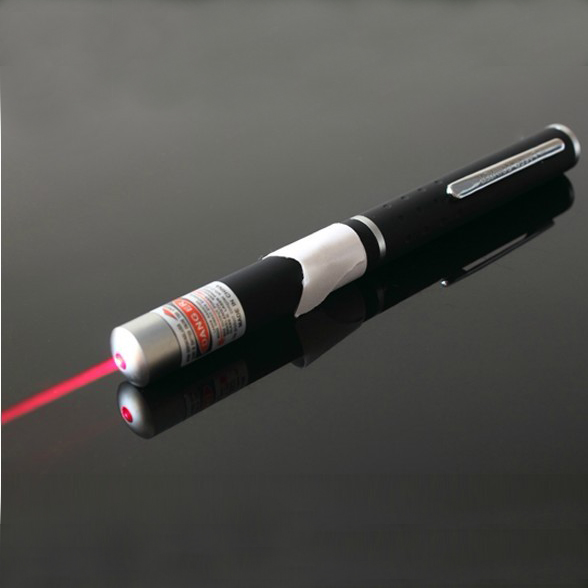Gravitational waves were directly detected for the first time after Einstein predicted the 100th anniversary of gravitational waves. The specific time is September 14, 2015. LIGO’s two probes in Louisiana and Washington state detected the merger of two black holes with 29 and 36 solar masses believed to be 1.3 billion years ago (GW150914 ).
In the last less than one second of the merger process, about three times the mass of the sun was converted into gravitational waves and emitted. However, when it reaches the earth 1.3 billion light-years away, the peak strain produced is only 10-21, which is equivalent to a change in the size of a hydrogen atom in the distance between the earth and the sun. Such a small change was detected by a sophisticated large-scale laser pointer interferometer, and the important role of technological advancement in scientific research has been revealed.
In addition to further verifying the correctness of Einstein’s general theory of relativity, more importantly, this discovery opened a new era of gravitational wave astronomy. Prior to this, the means for mankind to observe the universe all relied on electromagnetic waves, and gravitational wave detection was a new capability we acquired. When announcing this new discovery, a LIGO spokesperson said: We will not only be able to “see” the universe, but also “listen” to the universe.
Considering that the frequency band of gravitational waves overlaps with sound waves, this statement is very vivid and even appropriate. The frequency of the gravitational wave “heard” this time rises from 35 Hz to 250 Hz within 0.2 s, like the chirp of a big Peng 1.3 billion light years away. The laser interference gravitational wave detector is like a huge hearing aid, helping humans on Earth listen to the violent events that occur in the depths of the universe and warp time and space.
The LIGO detector is essentially a Michelson interferometer, and physics textbooks will talk about it when they explain the interference of light. In the 1960s and 1970s, someone proposed the idea of using interferometers to detect gravitational waves. After years of research on the noise and performance of this type of detector, specific recommendations for a long baseline laser interferometer were formed in the 1980s. The LIGO device was funded by the National Science Foundation in 1992 and completed in 2000.
Similar devices built internationally include Japan’s TAMA 300, Germany and the UK’s GEO 600, and Italy and France’s Virgo. These detectors conducted joint observations between 2002 and 2011. Although no gravitational wave signal has been measured, these observations set the upper limit of various gravitational wave sources. This time, the high-tech LIGO detector is an improved LIGO detector, and GW150914 was observed during the trial operation phase. After years of hard work, the good luck of the scientists can be said to be well-deserved.
The basic idea of using a blue laser pointer interferometer to measure gravitational waves is simple. The distortion of time and space caused by gravitational waves will cause small changes in the relative length of the two arms of the interferometer. This small change is reflected in the phase difference of the two light fields when returning to the beam splitter in the interferometer, thus generating an optical interference signal corresponding to the gravitational wave.
